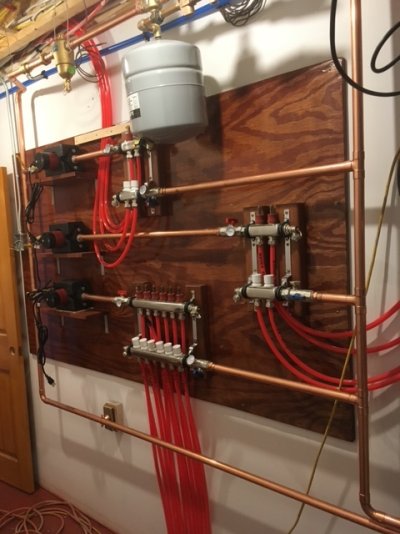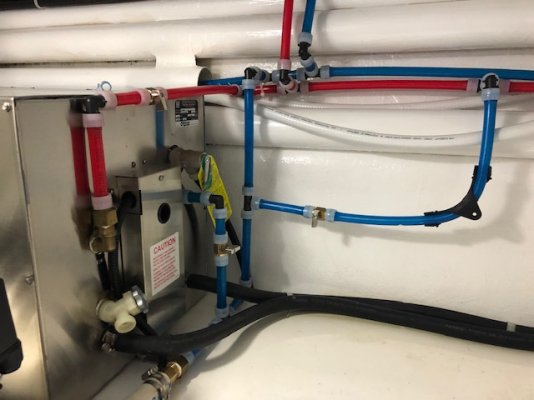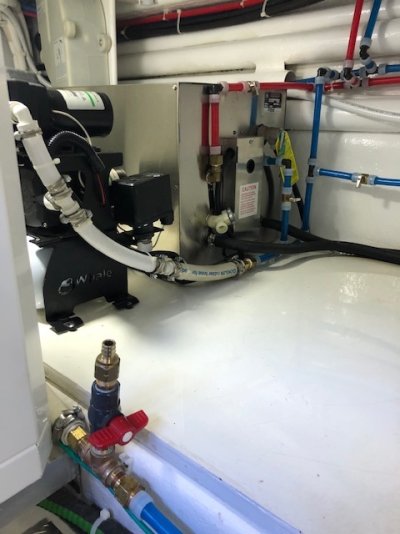It's a landslide, but one more vote for pex. It's hard to justify if the tool costs you more than the project, but the expansion system is so much easier and faster to work with than the crimp. You expand the end and then have about 20 sec to slip it over the fitting, so you don't have to work right in a tight corner. The joints can be disassembled by softening the tubing and ring with a heat gun. You can get rings in red, blue and white, an option to buying 2 or 3 colors of tubing.
The above mentioned article (Kitex Warning, at the bottom of the home repiping page) refers to a pipe and fittings by manufacturer IPEX, not PEX tubing, which is made by several manufacturers.

 Same setup I'm using now. On a boat, I like the non-metallic system
Same setup I'm using now. On a boat, I like the non-metallic system

